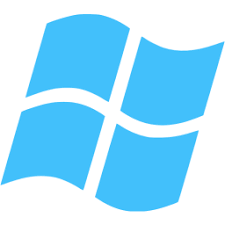Giới Thiệu · ChordLab
Harmony is a difficult and complex part of music theory with chord spelling and construction at its very basis. What is a chord? Is it C - E - G# or C - E - Ab? You like the sound of those four notes on your guitar, but is it a chord? And if so, what is it called? These are typical issues facing the creative musician when trying to bring a new song to paper. Music theory is often complex and correctly spelling a chord that may have sharps and flats, double flats or double sharps is not always easy. This is where the traditional chord books and apps become useless and ChordLab steps in.ChordLab differs in its top to bottom approach that begins with a basic chord form which can then be put through permutations like inversions and different voicings. It features all the standard voicings commonly used in Jazz, Rock, Pop, and elsewhere. In that sense it serves as a color palette or sounding board that automatically generates valid fingerings for the piano and guitar in addition to the correct music notation. The result is a much deeper and better understanding of the underlying principles of harmony.
The chord finder feature in ChordLab allows you to input 3 or 4 notes to determine their harmonic quality. ChordLab will always find the enharmonically simplest solution and does not require you do know whether a note is called G# or an Ab. C-Gb-Bb-D for example will resolve to a D aug7 chord with a correct spelling of C-F#-A#-D. This is especially useful for guitarists that seldomly encounter chords in root position due to the tuning of the instrument.
Another essential tool found in ChordLab is the Circle of Fifths which is implemented interactively. It not only allows to look up key signatures for major and minor, but all major modes like dorian, phrygian, etc. Additionally ChordLab displays degree structures for a key in standard Roman numerals. This is extremely useful when putting together chord progressions.
ChordLab addresses the needs of a somewhat advanced audience with a sharp focus on elementary areas like chord spelling, voice leading, four-part reduction and similar topics that are so essential to many modern music styles. By simultaneously addressing both main harmony instruments in modern music it also becomes an invaluable tool to the composer/arranger of today that needs to evaluate the playability of certain voicings. In short, ChordLab goes far beyond the generic chord app that only aims to show a diagram or two. While providing valuable fingering information - albeit in a context firmly based in theory - with its included interactive circle of fifths, chord finder, rating system, history, tunings adaptation and so many other features, ChordLab is the one harmony tool one finds oneself coming back to again and again.












